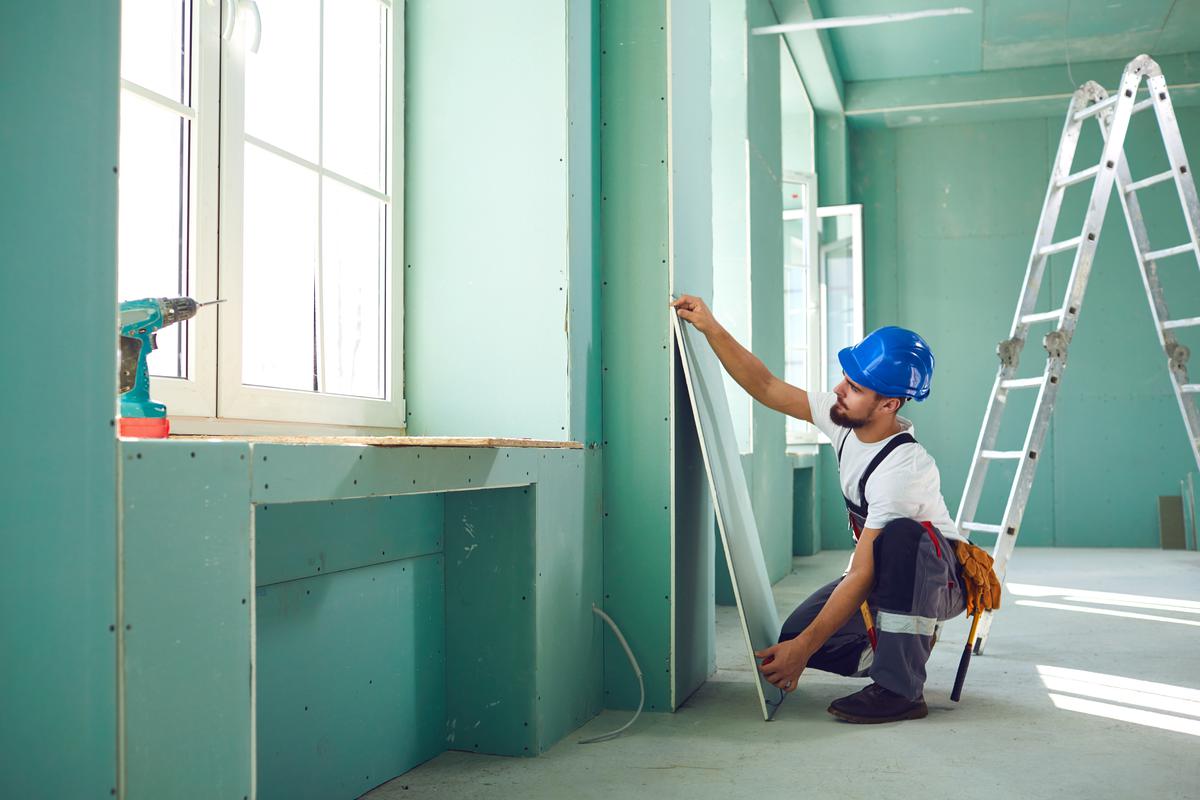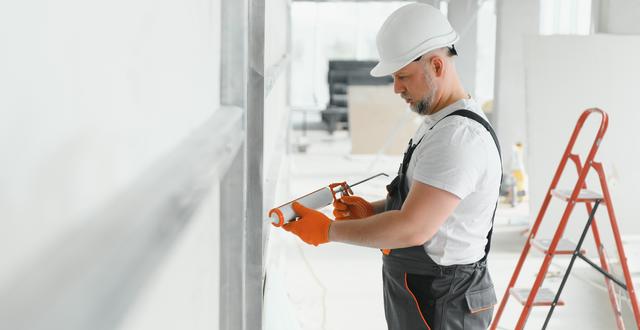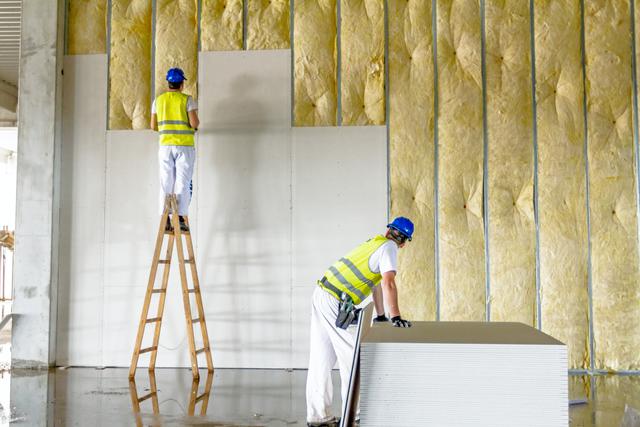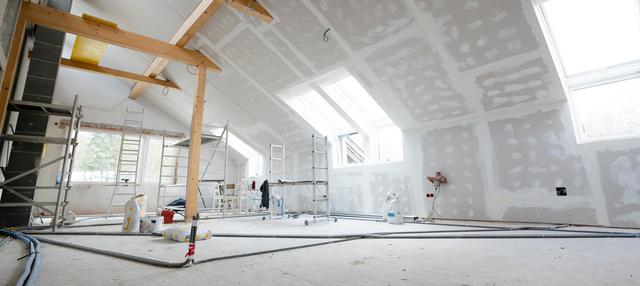When it comes to renovating or remodeling your home, installing new drywall is an essential step. It not only provides a fresh, clean surface but also adds value to your property. However, before diving into the installation process, there are a few things homeowners should consider.
The Type of Drywall
Drywall comes in various types, sizes, and thicknesses, making it essential to choose the right one for your project. Standard drywall is perfect for most applications, and it is available in 1/2-inch and 5/8-inch thicknesses. However, if you are looking for a more soundproofed wall, you might consider using thicker drywall.
For areas prone to moisture, such as bathrooms and basements, moisture-resistant drywall is ideal. It is made of fiberglass, making it resistant to mold and mildew. Fire-rated drywall, on the other hand, has a higher resistance to fire, making it suitable for areas where fire safety is a concern.
The Scope of the Project
The scope of your project will influence the amount of drywall you need, the amount of labor required, and the overall cost. Before purchasing drywall, measure the area that needs to be covered, including the ceiling and walls.
Consider whether you need to remove the old drywall before installing the new one. If you are doing a complete renovation or remodeling, this might be necessary. However, if you are only adding a new layer of drywall, you can install it directly on top of the old one.
Another factor to consider is the texture of the drywall. Smooth walls are perfect for a modern and minimalist look, while textured walls are great for hiding imperfections and adding character.
The Cost of the Project
The cost of installing new drywall will depend on several factors, including the type of drywall, the amount of labor required, and the size of the project. On average, homeowners spend between $1.50 and $3.50 per square foot on drywall installation. This price includes the cost of materials and labor.
The cost of labor will depend on the complexity of the project, the size of the area, and the experience of the contractor. You can save money by doing some of the work yourself, such as removing old drywall and preparing the surface for the new one.
In addition to the cost of drywall installation, consider other expenses, such as painting or wallpapering the walls. You might also need to hire an electrician to install new outlets or light fixtures.
Installing new drywall is a cost-effective way to transform the look and feel of your home. By considering the type of drywall, the scope of the project, and the cost, you can make informed decisions and ensure a successful installation. With careful planning and the right contractor, you can achieve the desired outcome and increase the value of your property.






comments